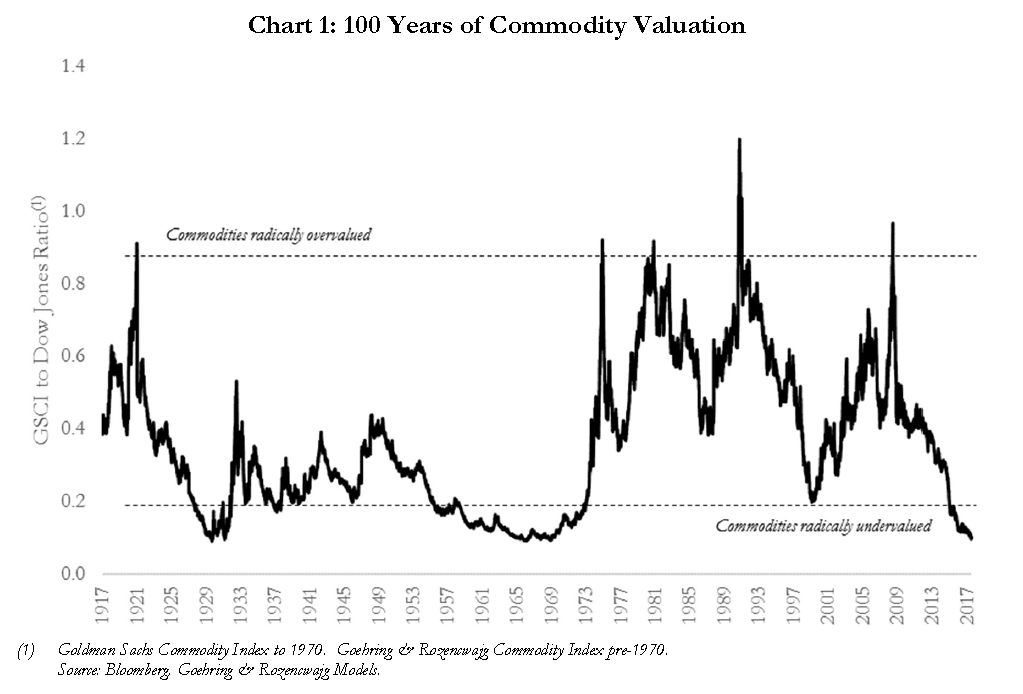I generally look at Growth investments in one of two ways: either steady compounders or huge reward-to-risk, asymmetric growth opportunities. The steady compounders are the companies that can consistently post growth year after year in a secular manner – secular meaning a long-term story not affected by short-term cycles. Whereas the high growth opportunities tend…
Why Recessions are Necessary for Growth
Why has the economy been stagnant since 2008? Not the stock market…the real economy: real growth, higher wages, etc. Because we never let the system clear itself of waste, excess, inefficiency and poor investment decisions. I think a good analogy to explain this concept is to think of the economy like a balloon. In order…
What Drives the Trajectory of Stocks
With high growth companies leading this recent downturn in the stock market, I thought it would be helpful to explain what drives the direction, or trajectory, of the stock market in the short-term. By short-term, I mean over the next year or so. The trajectory of a stock is the second derivative of the company. We…
A Divergence in Stocks & Why it Concerns Me
Over the past two quarters I’ve noticed a pretty big divergence in the strategy that companies are starting to follow. A large portion (maybe 70% or more of large caps) are on the “return cash to shareholders” trend, while fewer and fewer seem to be executing a growth strategy specific to their business. I see…
